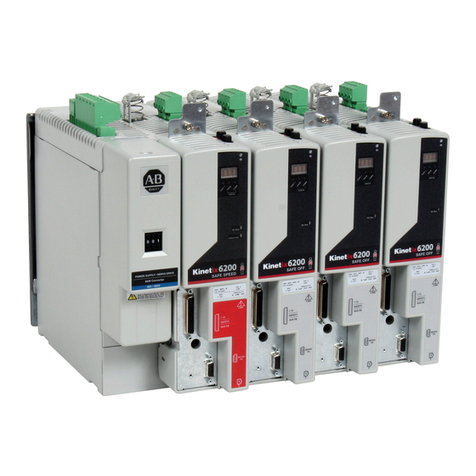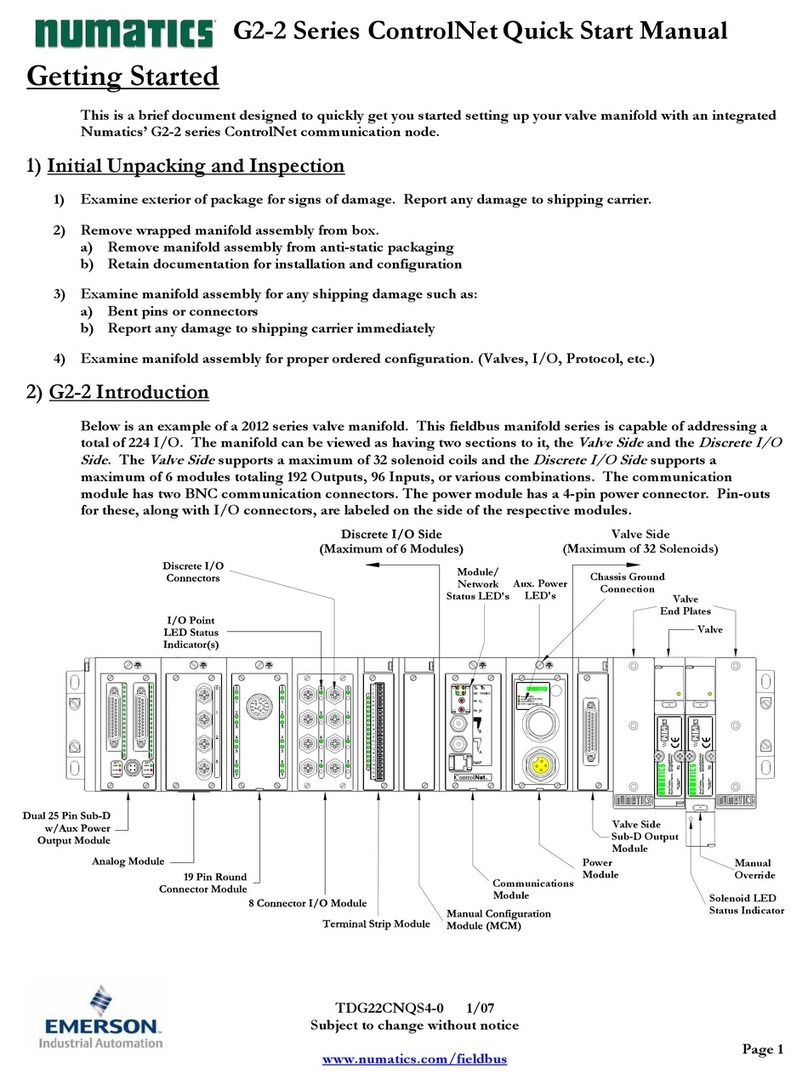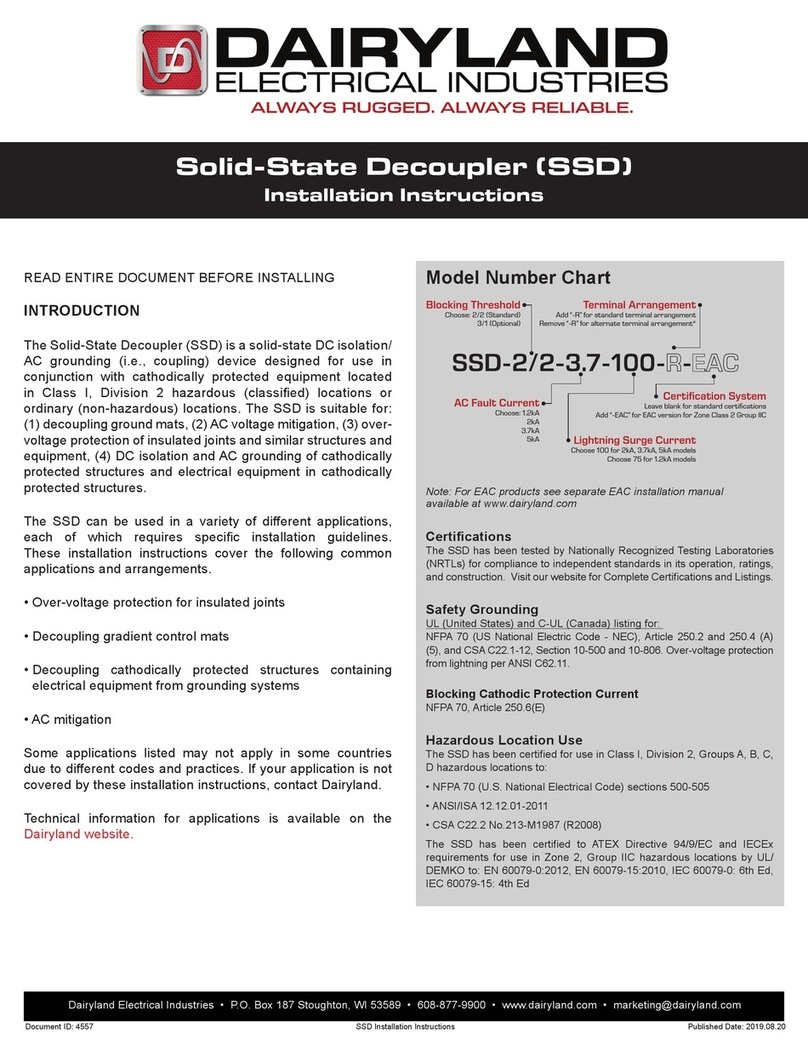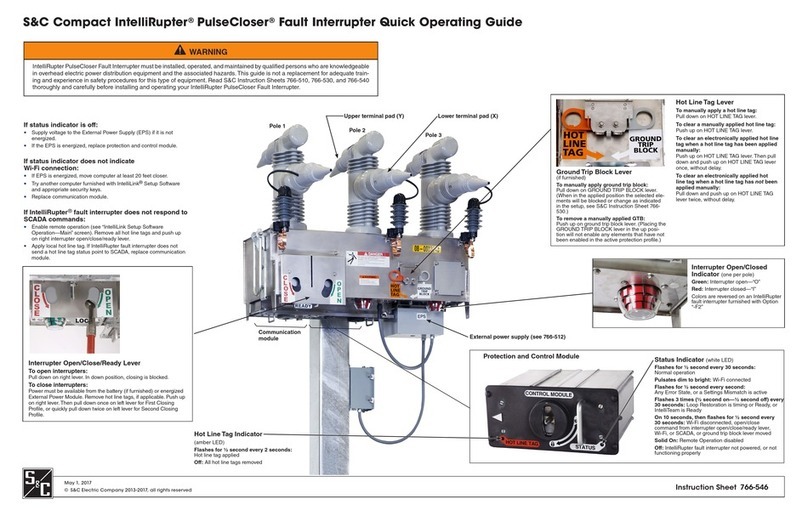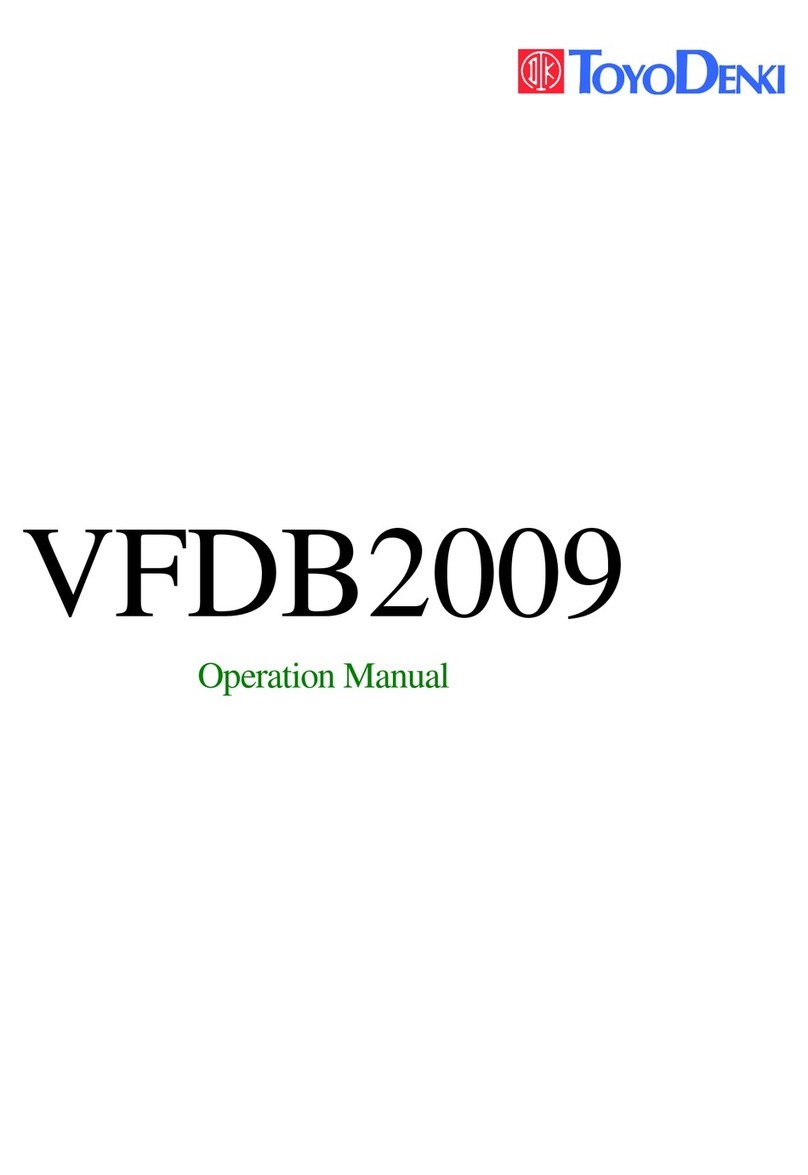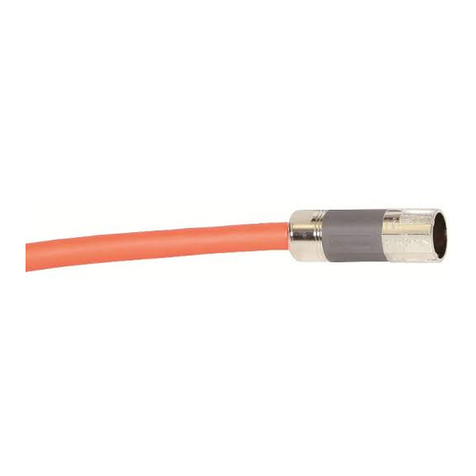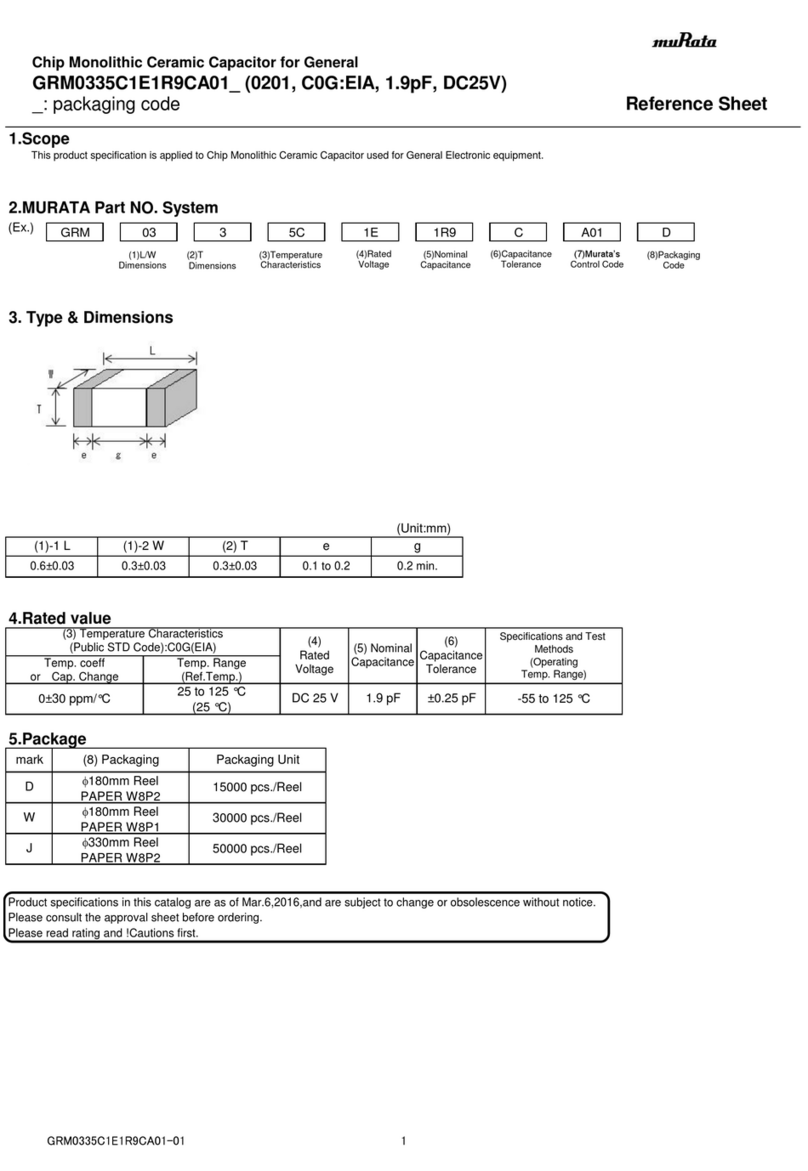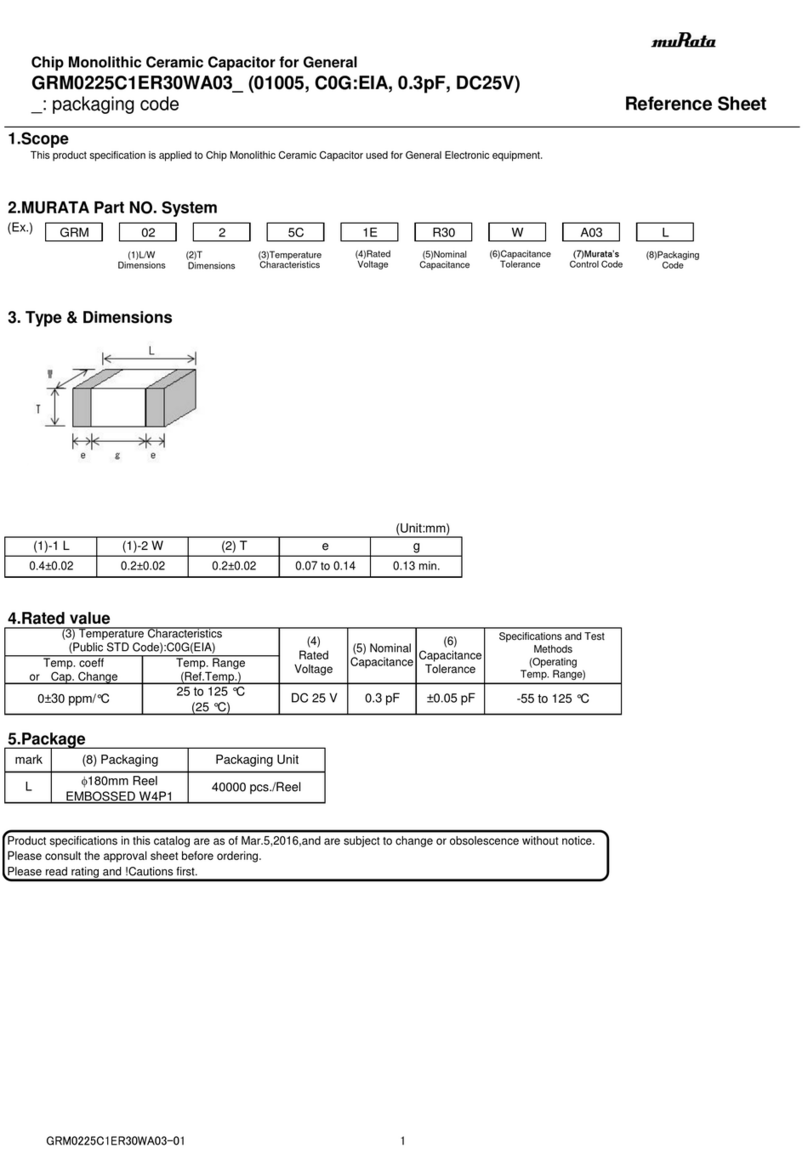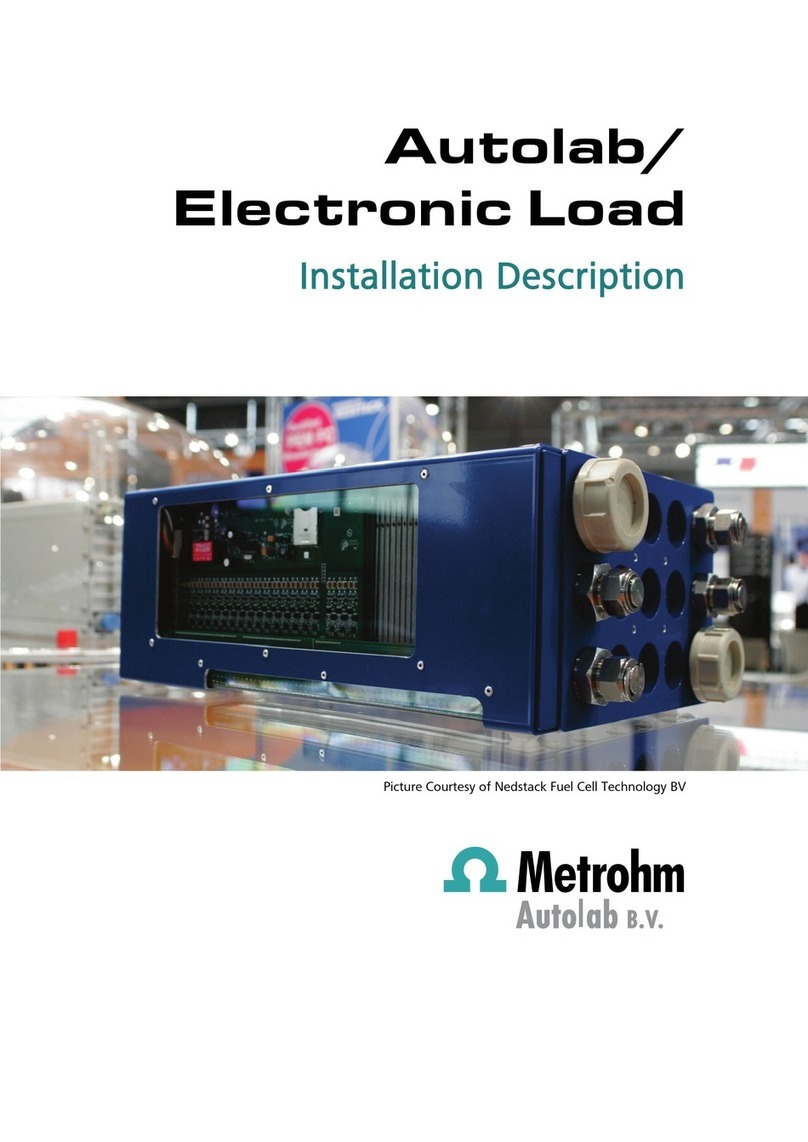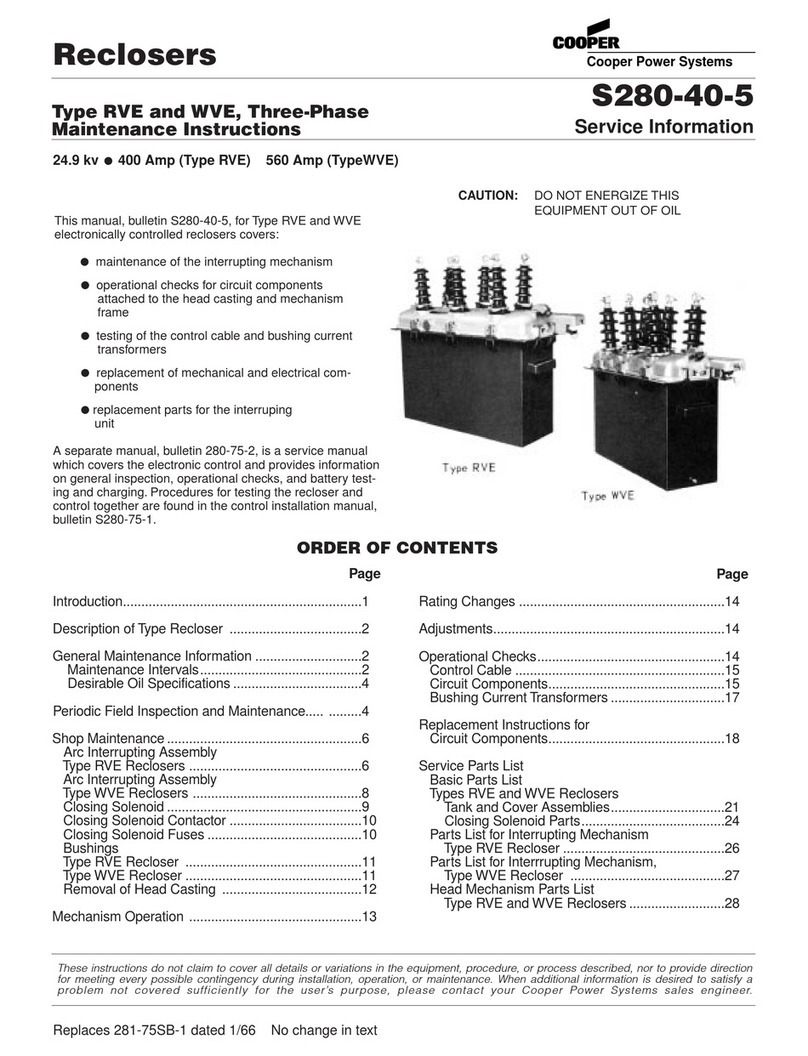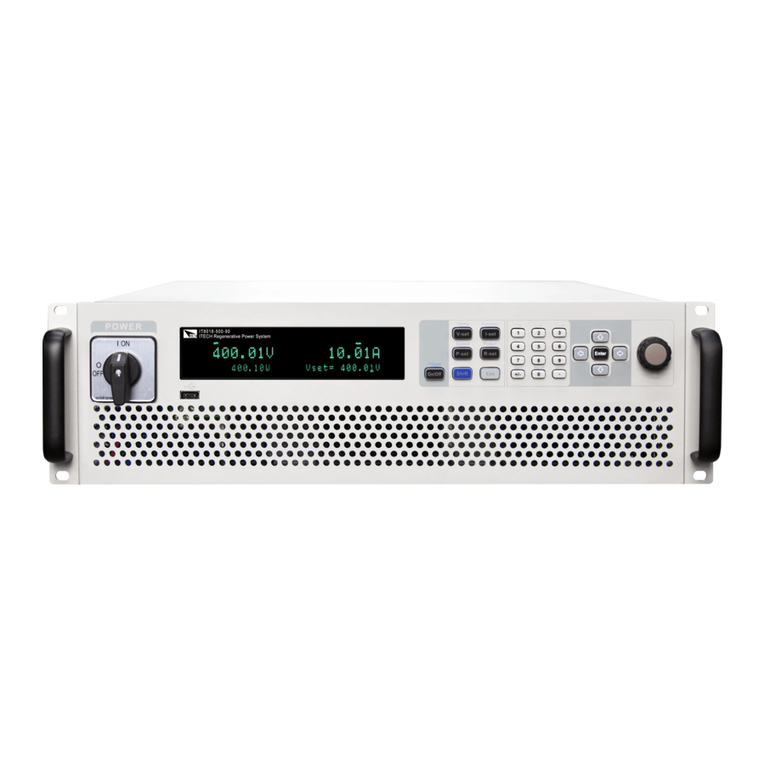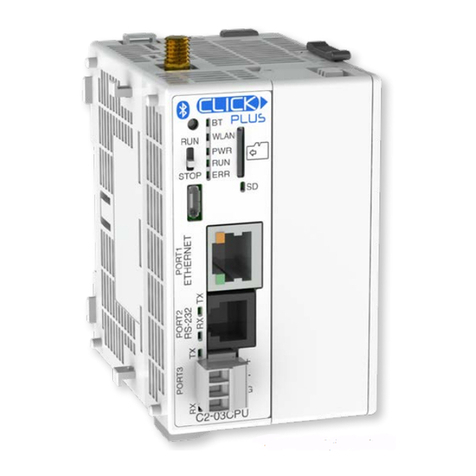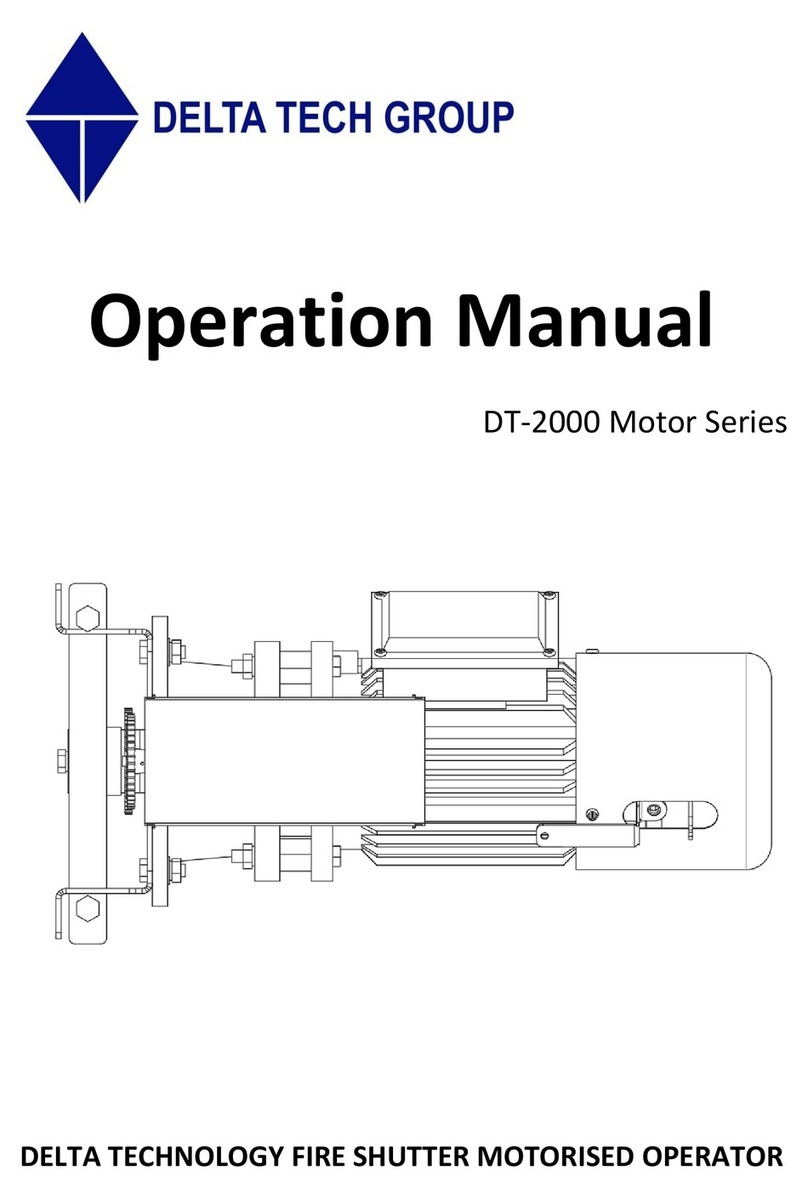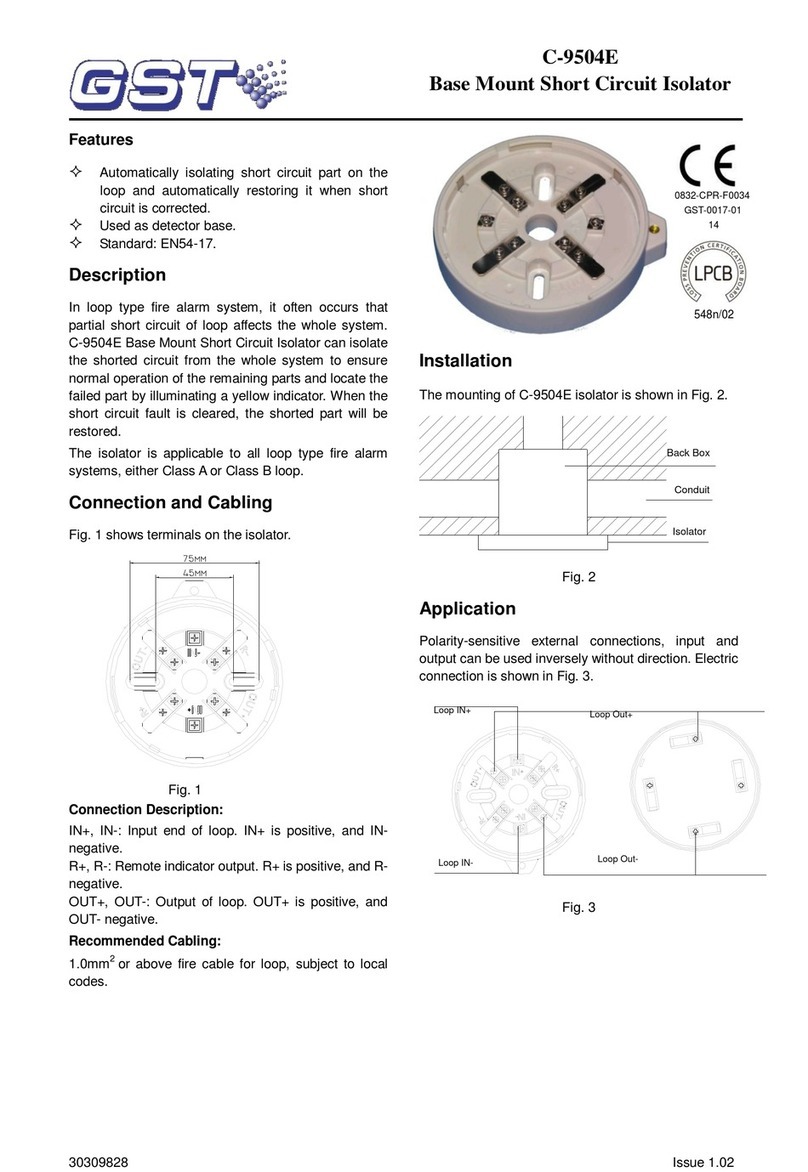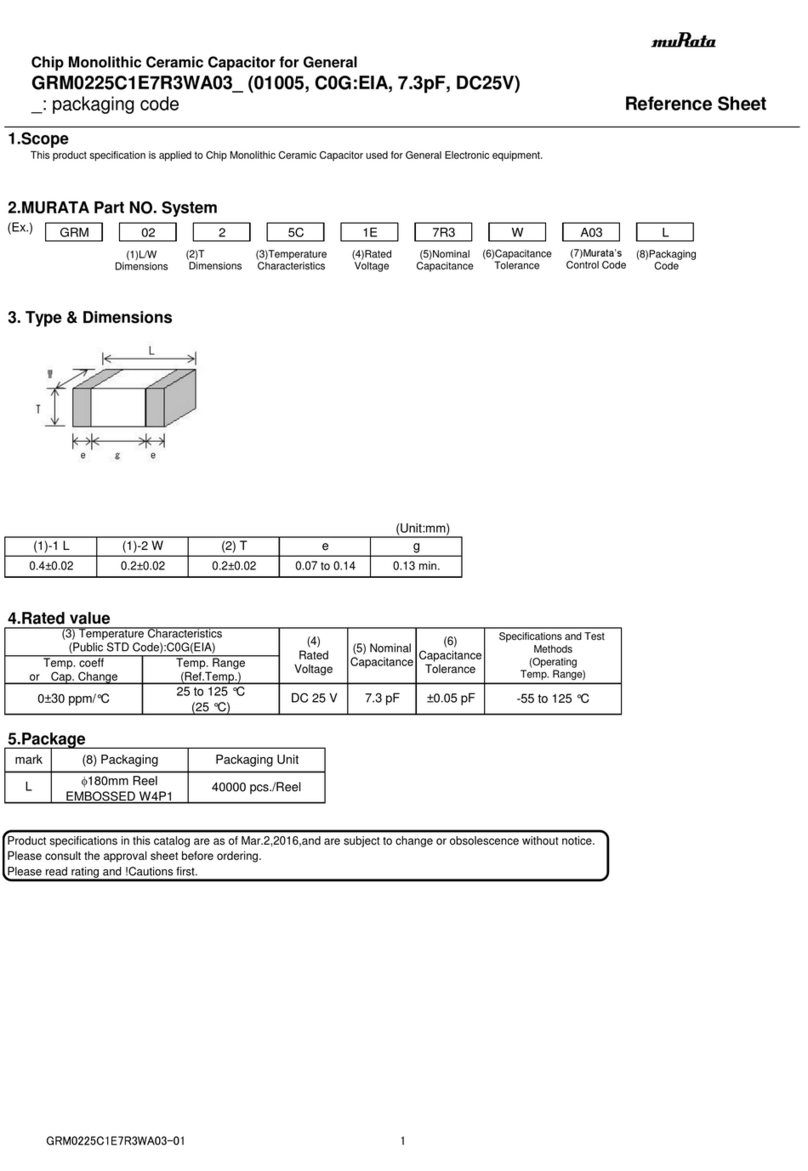
4
BASi | Epsilon EClipse
1.2 FEATURES
Nineteen techniques
±10 V applied potential range
±12V compliance voltage range
Update user friendly software
100 µv potentiostat resolution
Hardware interfaces with BASi Voltammetric Cell Stand, Controlled Growth Mercury Electrode Cell Stand, and
Rotating Disk Electrode Cell Stand
Control of magnetic stirring and gas purging with BASi cell stands
Automatic and manual peak fitting
Anson and Cottrell Plots
Digital smoothing
Semi-integration, and semi-differentiation
1.4 WARRANTY
BASi® warrants equipment manufactured by the company to be free of defects in material and workmanship for a
period of one year from the date of shipment, except as provided hereinafter. This assumes normal usage under
commonly accepted operating parameters and excludes consumable products. BASi® further warrants that it has
clear title to the goods and the goods shall be delivered free of liens and encumbrances. BASi® does not warrant
either a good effect or against any ill effect following use of the goods.
All products manufactured by BASi® are tested and inspected prior to shipment. However, in the event a prod-
uct is delivered to buyer with a defect, upon prompt notification by the buyer, BASi® will correct any defect in
products or equipment of its manufacture either, at its option, by return of the item to the factory, or shipment
of a repaired or replacement part. BASi® will not be obliged, however, to replace or repair any piece of equipment
which it determines has been abused, improperly installed, altered, damaged, or repaired by others. Defects in
1.3 SPECIFICATIONS:
Potentiostat:
Channel 1 applied potential: Dynamic DAC: 16 bit, ±3.275 V
at 0.1 mV resolution or ±10V at 0.33 mV resolution
Offset DAC: 8 bit, ±2.55 V at 10 mV resolution
Channel 2 applied potential: Dynamic DAC: 8 bit, ±2.55 V at
10 mV resolution
Compliance voltage: ±12 V
Maximum current: 100 mA
Bandwidth: >1012 W
(values for parameters other than applied potential
are for both channels)
Current to voltage converter:
Full scale sensitivity: 1 nA*, 10 nA*, 100 nA, 1
µA, 10 µA, 100 µA, 1 mA, 10 mA, 100 mA
(*secondary gain used)
Secondary gain: x1, x10, and x100
ADC resolution: 16 bit
Sampling rate: 50 kHz (20 µs/conversion)
Data length: ≤64,000 points – fast
Galvanostat:
Applied current: 50 pA – 50 mA
Voltage range: ±10 V or ±1 V
Measured voltage resolution: 0.02 mV
Maximum leakage current: 30 pA
Minimum PC requirements:
Windows 7 or higher
USB port
Power requirements:
120 or 240 V AC, 50/60 Hz, 60 VA
Dimensions & Weight:
15.75” (40 cm) x 5.25” (13 cm) x 12.75” (32.5 cm)
17.5 lbs (7.4 kg)




















